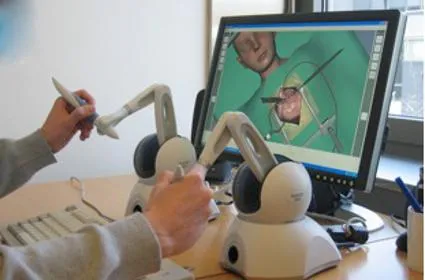
Our clinical unit has a strong record in pioneering minimally-invasive endovascular techniques to treat disease of the aorta and peripheral vessels. Detailed understanding of diagnostic imaging and accurate image-guided intervention is the key to success in these minimally-invasive procedures. Our research aims to develop and validate novel diagnostic imaging techniques to improve our understanding of the complexities of aortic disease, particularly aortic dissection. Precision and reliability in endovascular manipulation is essential in order to translate this imaging and planning knowledge into improved clinical outcomes. To this end, we have a research team developing 3-dimensional navigational techniques and investigating the role of robotics in reducing the risk of complex interventions.
To ensure seamless translation from basic science to clinical trial, we rely on close collaboration between clinicians, computer scientists, physicists and mathematicians.
The main areas of research are:
- 4D magnetic resonance imaging of aortic dissection
- Computer modelling of aortic dissection- disease, interventions and outcomes
- Automated 2D/3D registration to produce real-time 3D roadmaps to guide interventional procedures
- Real-time 3D catheter and device localisation
- Integrating these technologies with steerable (‘robotic’) catheters to de-skill and de-risk endovascular interventions